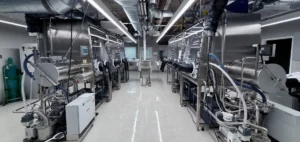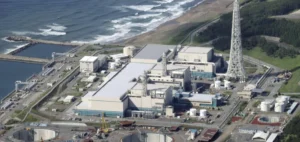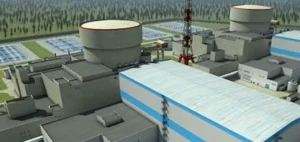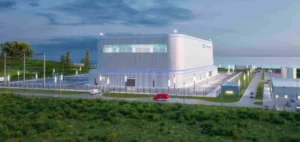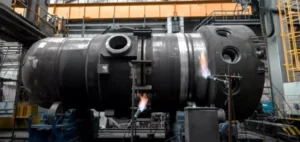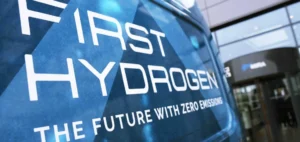The first full assembly of accident-tolerant fuel (ATF) tested in a US commercial nuclear power plant has concluded its second operating cycle. The fuel, developed by French company Framatome, has been reloaded into Constellation’s Calvert Cliffs facility for a third 24-month cycle expected to last until spring 2027.
Initially loaded into Unit 2 of the pressurised water reactor (PWR) in 2021, the assembly operated continuously for two years before being inspected in spring 2023. It was then reinserted for another two-year cycle, which ended in 2025. Joint inspection teams from Framatome and Constellation assessed the assembly’s condition and confirmed its suitability for further operation.
A technology designed for resilience and performance
The Enhanced Accident Tolerant Fuel (E-ATF) programme, led by Framatome with the support of the US Department of Energy (DOE), aims to strengthen fuel resistance under severe accident conditions. The tested assembly features 176 chromium-coated rods and chromia-enhanced pellets, designed to reduce corrosion and hydrogen generation under high-temperature conditions.
Manufactured at Framatome’s Richland facility in Washington State, chromia-enhanced pellets are now standard in the company’s ATRIUM 11 boiling water reactor fuel design, currently in use at eight commercial nuclear plants in the United States. The DOE confirmed that data from this assembly will support licensing efforts for broader market adoption.
A long-anticipated shift in nuclear fuel design
The prototype is part of Framatome’s PROtect programme, which has included testing in both the United States and Switzerland. According to the DOE, this could represent the most significant upgrade to nuclear fuel and cladding technologies since the 1970s and supports federal energy policy objectives.
In addition to Framatome, GE Vernova and Westinghouse are conducting similar trials with ATF concepts in several US commercial reactors. The industry-wide goal is to achieve widespread deployment of accident-tolerant fuel by 2030, enhancing both the safety and economic performance of nuclear power plants.






